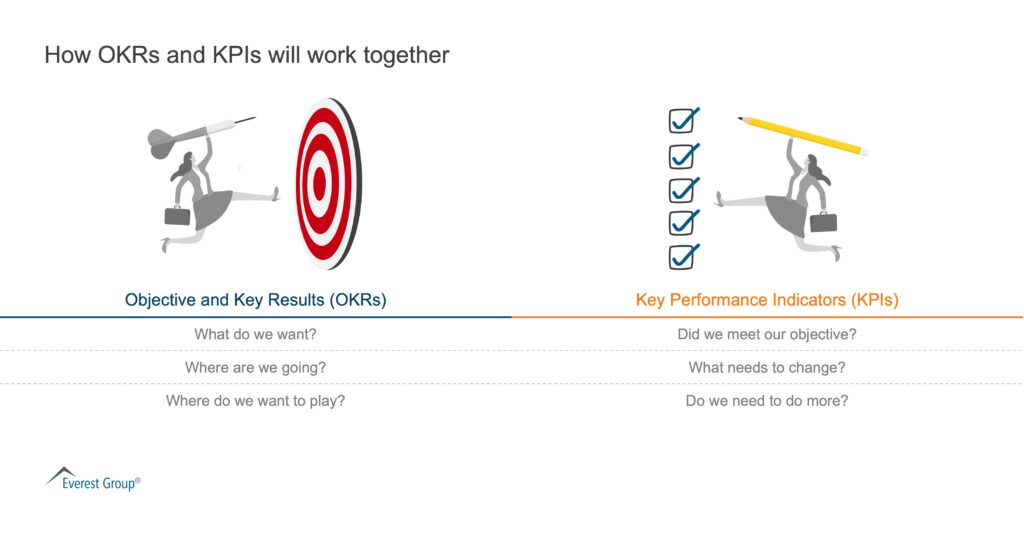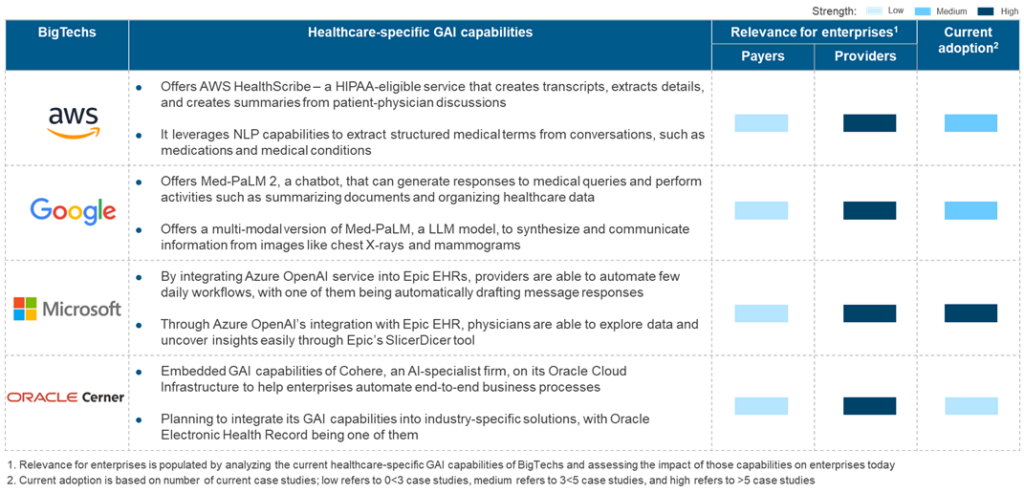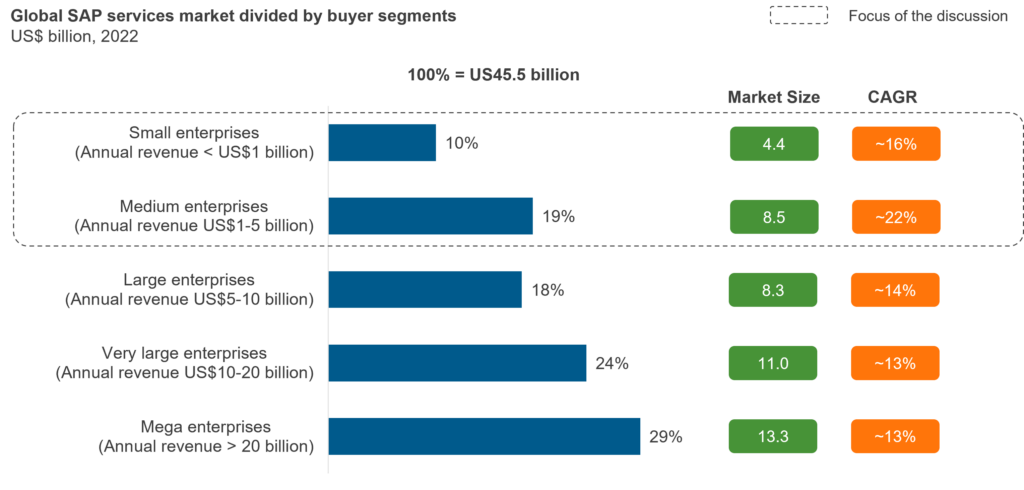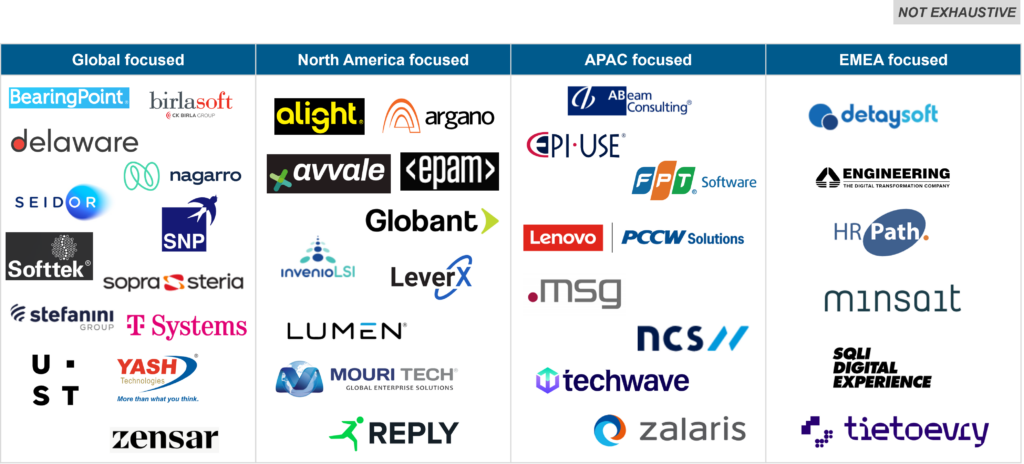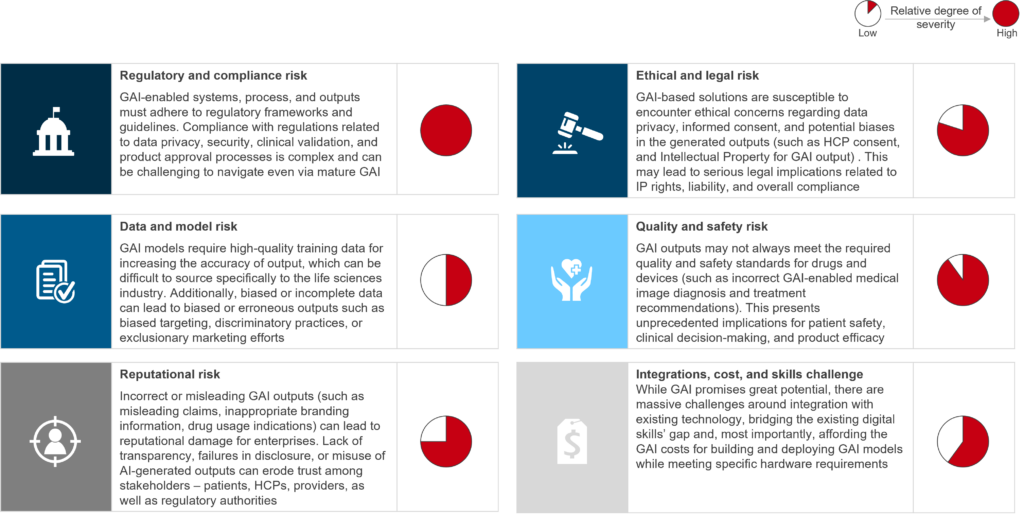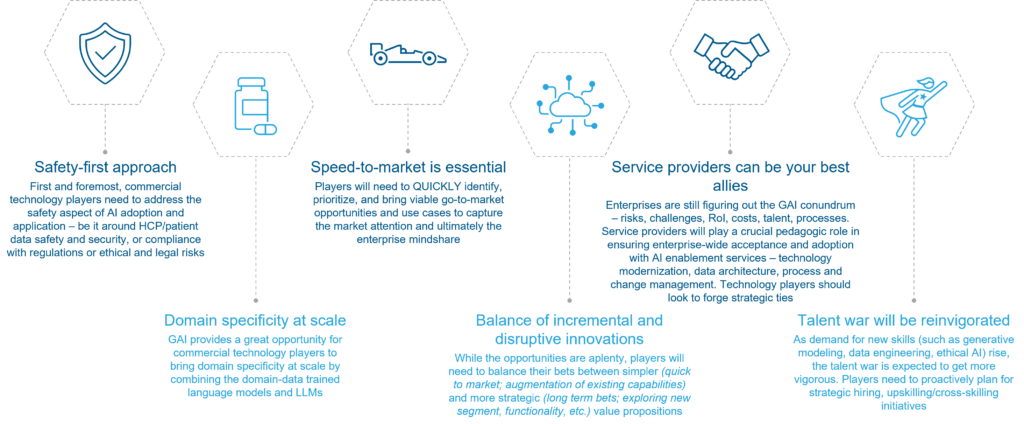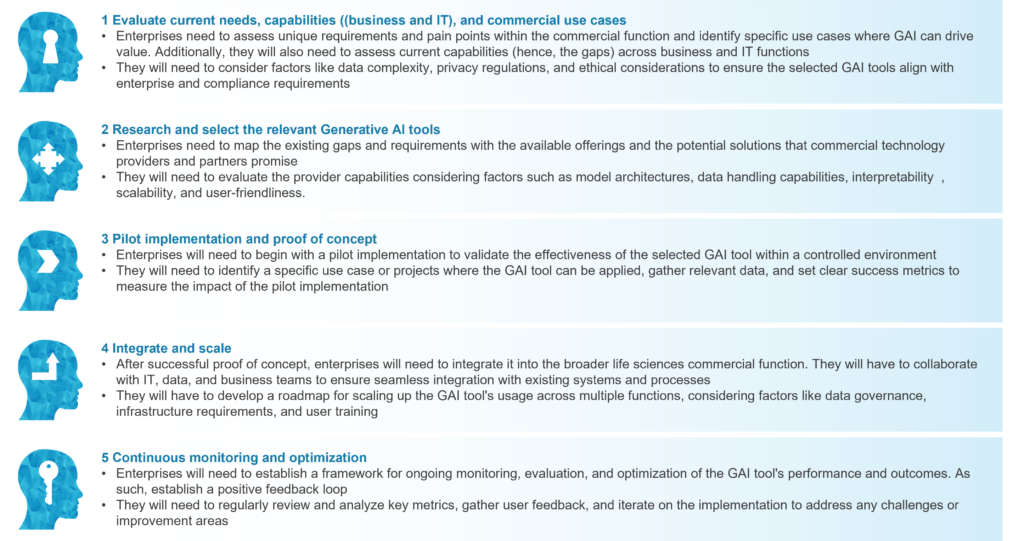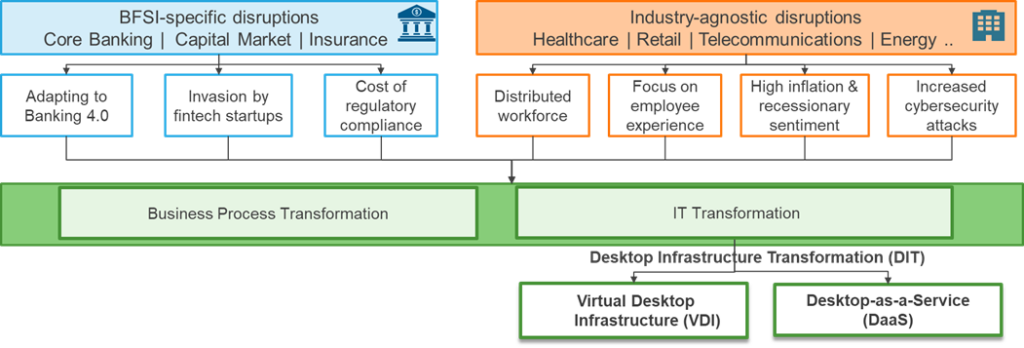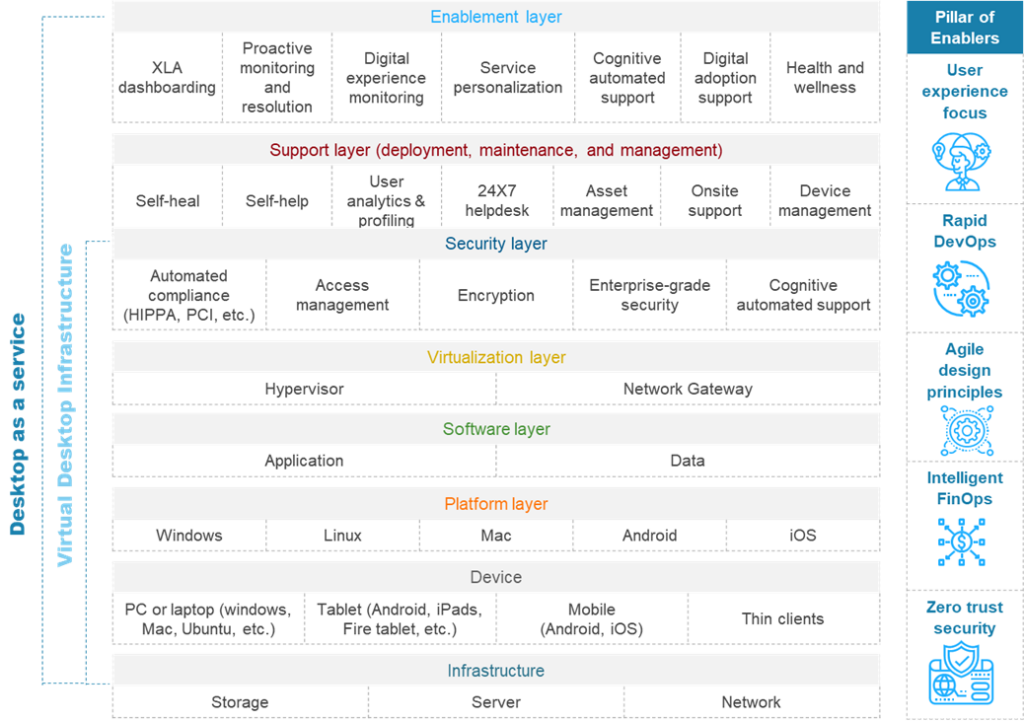Unveiling Hidden Dangers: Proactive Measures to Address Cloud Migration Risks | Blog
Moving an IT ecosystem to the cloud can be a complex undertaking that involves a multitude of risks – from technology and regulatory challenges to internal hurdles, as well as other unexpected problems that can arise without proper planning. Understanding these potential pitfalls and developing a comprehensive plan to mitigate them will ensure enterprises reap the many benefits cloud offers. Uncover the risks and learn recommendations to address them in this blog.
In the last decade, cloud has risen to immense importance across all geographies and verticals, offering enterprises numerous benefits such as scalability, agility, and cost efficiency. As a result, it has become the bedrock of any digital business, leading more enterprises to increasingly migrate to the cloud. Additionally, enterprises are now also undergoing inter-cloud migration as they strengthen their cloud strategy and prioritize IT asset optimization.
Despite its apparent simplicity and prevalence in most digital transformation initiatives, enterprises must understand the associated cloud migration risks and proactively plan for contingencies. More than 55% of enterprises believe the COVID-19 pandemic rushed cloud adoptions and limited returns from cloud investments. This reinforces the importance of understanding cloud migration risks to fully realize the benefits that cloud promises.
Let’s look at the most commonly understood and observed risks that generally fall under the following categories:
- Technology – This encompasses risk arising from challenges in integrating legacy and modern systems, possible misconfigurations during migration, and the ever-increasing technology skill gap
- Regulatory – This pertains to risk related to data security and privacy, vertical and geography-specific compliance and regulations, and data governance and sovereignty
- Client’s internal environment – This involves risks such as untrained internal resources, broken security controls, reliance on third-party vendors for different services, and possible operations disruptions
While service providers generally tackle these threats from the get-go, a few other potential impediments often get overlooked during the migration phase, creating larger issues later on if not proactively addressed.
Some of these additional risks can include:
- Underwhelming perceived value: Enterprises often do not have clear post-migration expectations, resulting in most enterprises being dissatisfied within a year or two of starting the cloud migration process. An alarming 67% of enterprises have expressed their inability to realize the expected level of value from cloud. This extends beyond monetary value and also encompasses aspects such as innovation, compliance, resilience, and agility, which are expected as by-products of successful cloud migration
- Negative stakeholder experience: Cloud migration can impact internal and external stakeholder experience. Any security breach or service disruption can expose corporate data and applications to cyberattacks and even damage the enterprise’s reputation and erode customer trust. Additionally, any unnecessary delay in migration timelines due to factors such as network issues, application incompatibility, or inefficient processes can lead to downtime and productivity loss
- Exceeding budget expectations: Unplanned migration costs and the complexities surrounding the entire multi-cloud system end up giving most customers price shock. Around 60-70% of global enterprises believe cloud adoption costs were higher than their initial expectations of cost reduction. This occurs due to factors such as complex multi- and hybrid cloud environments, inefficient cloud resource management, lack of governance guardrails, and gaps in consumption visibility and management
- Conflicting objectives: Senior stakeholders from various departments often view cloud migration from different lenses and have disparate objectives. Even if service providers meet the defined Key Performance Indicators (KPIs) and Service Level Agreements (SLAs), stakeholders still can be highly dissatisfied. This commonly arises due to misalignment between cloud, product, technical, and finance teams and the lack of defined accountability and ownership that results
- Unplanned transitions: During the enterprise transition from one provider to another or from on-premise to an outsourced service provider, a proper transition methodology is crucial. Many enterprises struggle in this phase because transition teams do not contextualize their approach to the enterprise. This often results in a disconnect between expectations and outcomes in areas such as migration velocity, proposed SLAs, and risk management
Recommendations for mitigating cloud migration risks
To lessen these risks, enterprises should take the following actions:
- Define the value expected from cloud expectations
- Define what value means to your enterprise. Different stakeholders often have varying ideas of value. Conduct a comprehensive assessment to come to a shared definition of value
- Measure alignment to the defined value metrics at all stages of executing the migration plan
- Recognize that value realization is continuous and emphasize the importance of making it a cyclic process rather than a one-time event
- Plan and assemble the right delivery team
- Include an integrated cyber-cloud team to mitigate cloud security risks associated with migration efforts
- Conduct a comprehensive RFP procedure to ensure the onboarding of certified and skilled talent with prior similar on-ground experience. Develop a detailed talent management plan across different execution phases
- Ensure the availability of well-structured transition teams that offer industry- and enterprise-specific contextualization, particularly when transitioning from another vendor or a captive center
- Leverage Intellectual Properties (IPs) and frameworks
- Implement a value-based migration framework internally or with a service provider partner to define and measure future value
- Adopt an open communication framework that allows regular, timely, and contextualized communication with internal and external stakeholders to ensure consistent experience. This should be in addition to technology measures such as disaster recovery plans, incident response plans, and security measures
- Prioritize the implementation of FinOps tools and solutions to enable cost optimization and visibility at all times
- Evolve contracting methodologies
- Define Objectives and Key Results (OKRs), and don’t just contract for KPIs and SLAs
- Push for some “skin in the game” from partners by encouraging transparent and flexible pricing models
- Include knowledge transfer in the project scope to upskill internal teams to handle post-migration changes in the enterprise IT landscape
For more strategies to tackle cloud migration risks or to share your views on this topic, feel free to reach out to [email protected] or [email protected].
